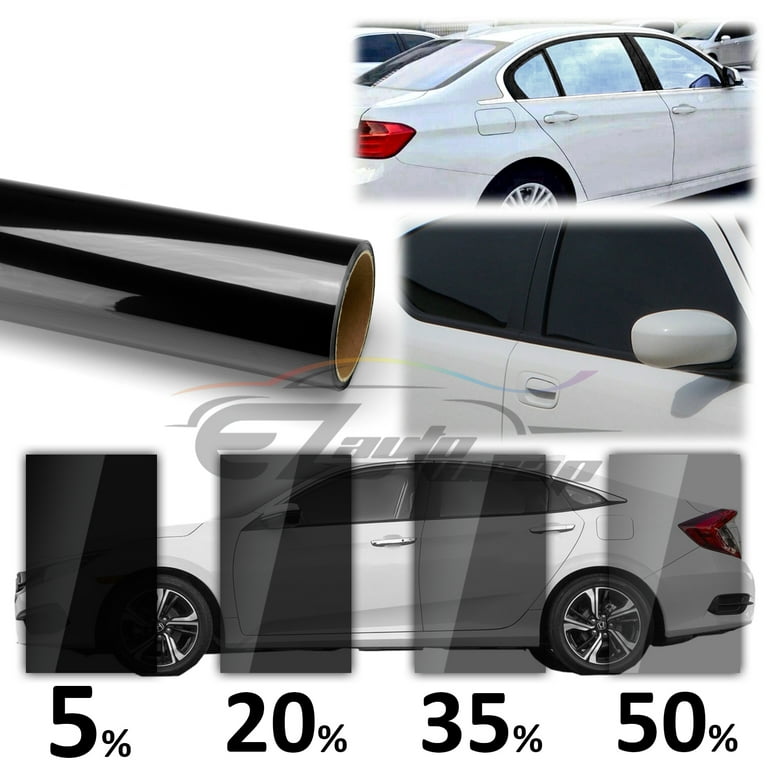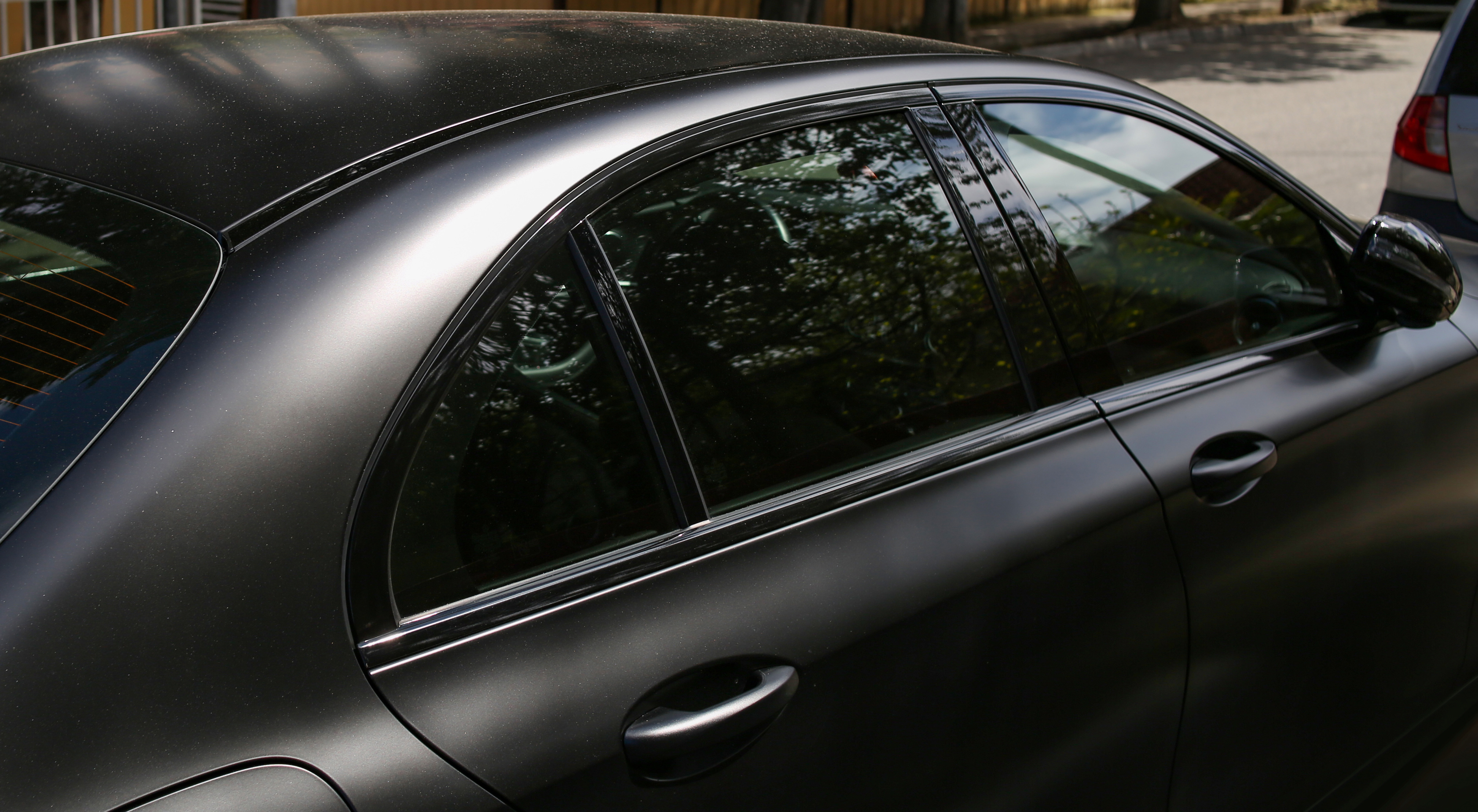Customized Automobile Window Tinting Providers for a Sleek and Trendy Appearance
Customized Automobile Window Tinting Providers for a Sleek and Trendy Appearance
Blog Article
Home Window Tinting Regulations and Guidelines: What You Required to Know Before Tinting Your Cars And Truck
Before proceeding with home window tinting for your car, it is crucial to familiarize yourself with the diverse legislations and standards that control this method throughout various states. These regulations determine the allowable levels of tint darkness, often measured by noticeable light transmission (VLT) percents, and include particular specifications for front windscreens intended at ensuring roadway security.
Review of Home Window Tinting Laws
Window tinting legislations are frequently subject to variant throughout various territories, showing local guidelines and safety and security considerations. These laws determine the permissible degrees of color darkness and reflectiveness on car windows, making certain that drivers keep adequate exposure while likewise safeguarding against unsafe UV rays and warmth.
A lot of policies categorize home window tinting based upon the Visible Light Transmission (VLT) percentage, which indicates the quantity of light that can pass via the window. Generally, lower VLT portions signify darker colors. Laws frequently differentiate between the front, side, and rear home windows, with more stringent restrictions applied to the front windshield to boost safety for both the driver and other roadway individuals.
Furthermore, some territories enforce restrictions on the reflectivity of the color, protecting against extreme glow that might impair visibility. Exceptions to these laws might exist for people with details medical conditions calling for extra sun security. Compliance with home window tinting regulations is critical, as offenses can result in penalties, required elimination of the color, and possible increases in insurance policy costs. Therefore, it is crucial for car proprietors to familiarize themselves with neighborhood laws prior to continuing with window tinting setups.
State-by-State Color Rules
Comprehending the details window tinting guidelines in each state is crucial for automobile proprietors looking for to abide by the law. Each state in the united state has actually established its own set of guidelines governing home window tinting, which can vary significantly. These guidelines typically determine the allowed degrees of tint darkness, the sorts of home windows that can be tinted, and any type of clinical exemptions that might use.
As an example, states like The golden state have rigid restrictions on tint darkness for front windows, while others, such as New Mexico, might enable darker colors. In addition, specific states mandate details exposure percents for numerous home windows, including the windscreen, front side windows, and back windows. It is vital for vehicle proprietors to familiarize themselves with their state's regulations to stay clear of potential fines or penalties.
Additionally, some states may require an accreditation sticker to be positioned on colored windows, suggesting conformity with state regulations. Failing to comply with these guidelines not just risks legal repercussions but can also affect safety and visibility while driving. Lorry proprietors need to conduct extensive research study or seek advice from local authorities to make sure full understanding and conformity with state-by-state color guidelines.
Allowed Tint Types and levels
Numerous automobile owners may be stunned to find out that enabled color levels and kinds differ widely throughout different states. Each state has actually established its own guidelines relating to the acceptable darkness and reflectivity of window color, often gauged by Visible Light Transmission (VLT) percents. VLT describes the amount of light that can pass through the colored home windows; hence, a reduced portion suggests a darker color.

Moreover, the types of color products enabled can vary, with some states banning metallic or mirror-like surfaces. It is necessary for automobile proprietors to acquaint themselves with their state's specific regulations to make certain compliance. Non-compliance can result in fines, necessary removal of the tint, or various other legal effects, making it necessary to understand these laws before waging installation.
Medical Exceptions for Tinting
While not all states provide allocations for clinical exceptions pertaining to window tinting, those that do acknowledge the need for particular individuals to improve visibility and convenience as a result of medical conditions. Different medical problems, such as lupus, skin cancer cells, and specific eye problems, can make individuals especially delicate to sunlight. Subsequently, these individuals may need darker colors to secure themselves from unsafe UV rays and glow.

It is necessary to note that even with a clinical exemption, there might still be constraints on the level of tint permitted. Conformity with state legislations makes sure that individuals are both secured and within legal click here for more limits. Those considering clinical exemptions should contact their regional Department of Electric motor Automobiles or comparable authority to recognize the treatments and needs needed to get an exemption effectively.
Fines for Non-Compliance
Stopping working to abide by window tinting regulations can cause considerable penalties, which vary by state. Legislation enforcement companies are encouraged to release citations for lorries that do not stick to the specified tinting laws. These charges generally include penalties, which can vary from small quantities to several hundred bucks, relying on the intensity of the infraction and the state in inquiry.
In some jurisdictions, duplicated offenses might cause escalating penalties or added charges, such as mandatory court looks. Furthermore, non-compliance may require the removal of illegal tinting, usually at the owner's expense. In severe situations, regular wrongdoers might face suspension of their vehicle registration until conformity is attained.
Additionally, insurance coverage effects may arise from obtaining numerous citations for window tint violations. Insurance providers may watch such infractions as a sign of riskier actions, possibly causing enhanced premiums or problem in insurance coverage.
To stay clear of these charges, it is essential for vehicle owners to acquaint themselves with their local window tinting regulations and guarantee that their lorry complies (Window Tinting). This positive strategy not check these guys out just avoids lawful ramifications but likewise advertises road safety
Verdict

Most guidelines categorize home window tinting based on the Visible Light Transmission (VLT) portion, which indicates the quantity of light that can pass with the window. Compliance with window tinting guidelines is crucial, as offenses can result in penalties, necessary elimination of the tint, and prospective boosts in insurance premiums.Recognizing the details window tinting guidelines in each state is vital for lorry proprietors seeking to comply with the law. These policies frequently dictate the permitted levels of color darkness, the kinds of windows that can be tinted, and any type of clinical exemptions that may use.
For circumstances, states like California have rigid constraints on color darkness for front windows, while others, such as New Mexico, may enable darker tints.
Report this page